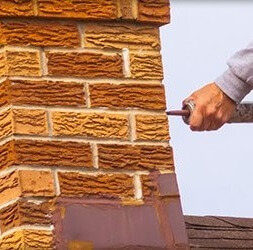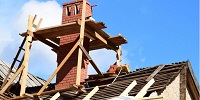 TUCKPOINTING
TUCKPOINTING
Tuckpointing is the replacing of deteriorated mortar between bricks, and then using a coating of putty to give a crisp, brand-new appearance to your bricks.
While bricks themselves can last for a century, the mortar needs to be replaced every 25 years or so. Exposure to temperature changes, moisture, wind, and pressure from the weight of the structure all contribute to the deterioration of mortar. Poor workmanship can further reduce the lifetime of mortar. While a few small cracks may degrade the appearance of brickwork, larger cracks and crumbling can put the integrity of the entire structure in danger.
Tuckpointing is the solution. The process involves removing crumbling mortar, and replacing it with new mortar matching the pigment of existing bricks. A thin line of contrasting putty is then applied over the mortar, which leaves a crisp finish. Not only will the new mortar strengthen the structure, the bricks will also look brand new! It can also be used to make mortar joints appear more narrow, which is generally a more desireable appearance.
Note: "Repointing" is not the same as tuckpointing. While repointing involves removing and replacing mortar, it does not include the additional step of using pigmented mortar with the putty finish. This will restore the integrity of the structure, but often results in a less "polished" finish.
Tuckpointing can technically be a DIY project, but having it done professionally will ensure proper tools and materials are used, pigment matches perfectly, straight lines, and an overall longer lifespan.
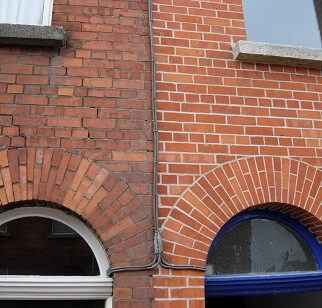

 WATERPROOFING
WATERPROOFING
Did you know that brick and mortar are not fully waterproof?
When bricks are exposed to rainwater, the naturally-occurring holes (which are often too small to see) will soak up moisture like a sponge. Additionally, as bricks expand and contract over time from temperature changes, brick can separate from the mortar and cause tiny crevices where water can leak in.
In either case, trapped water may freeze in the winter and expand, causing the cracks to grow and bricks to crumble.
Additionally, water that seeps into brickwork may cause mold or algae to grow. If the water seeps inside of the structure itself, it may remain there for a long time before being noticed. This can cause wood to rot and bubbling of plaster and paint over time.
So how can you prevent all of this from happening to YOUR bricks?
The answer is brick waterproofing. A properly-applied coating of brick sealer will soak into the bricks, dry, and seal all cracks and crevices. This will lock the moisture outside, and keep the inside of your home dry and safe.
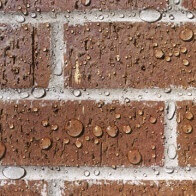
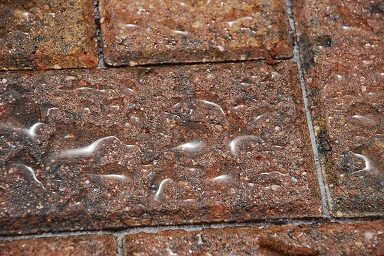
 CHIMNEY REPAIR
CHIMNEY REPAIR
While chimneys seem like very simple brick structures, they are actually a carefully-designed system responsible for redirecting toxic smoke outside of the home.
Chimneys expend smoke and pull in fresh air to replace it via the “flue”, which is just a hollowed-out column lined with ceramic or metal. This column must remain in its proper size and shape in order to do its job. Improper sizing can cause backdrafts, which bring plumes of smoke back into your house.
Chimneys are topped with a cement “crown”. This crown protects the brickwork from the direct impact of rain and animal activity, such as that of squirrels and birds. They also handle the pooling of water and snow much better than brick. Over time, crowns may become cracked and damaged, and will need to be repaired.
Finally, the metal flashings surrounding your chimney redirect water away from the space between where the shingles meet the brick. Deteriorated flashing may allow water to seep into vulnerable spaces under your shingles.
Each of these components requires care and maintenance for proper functioning.
